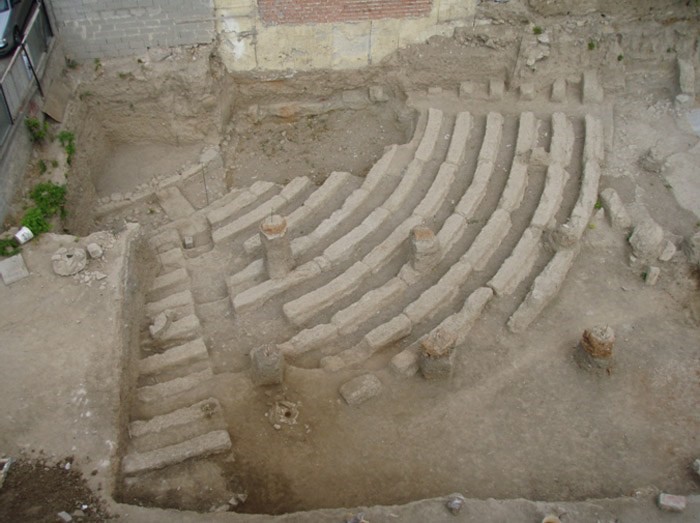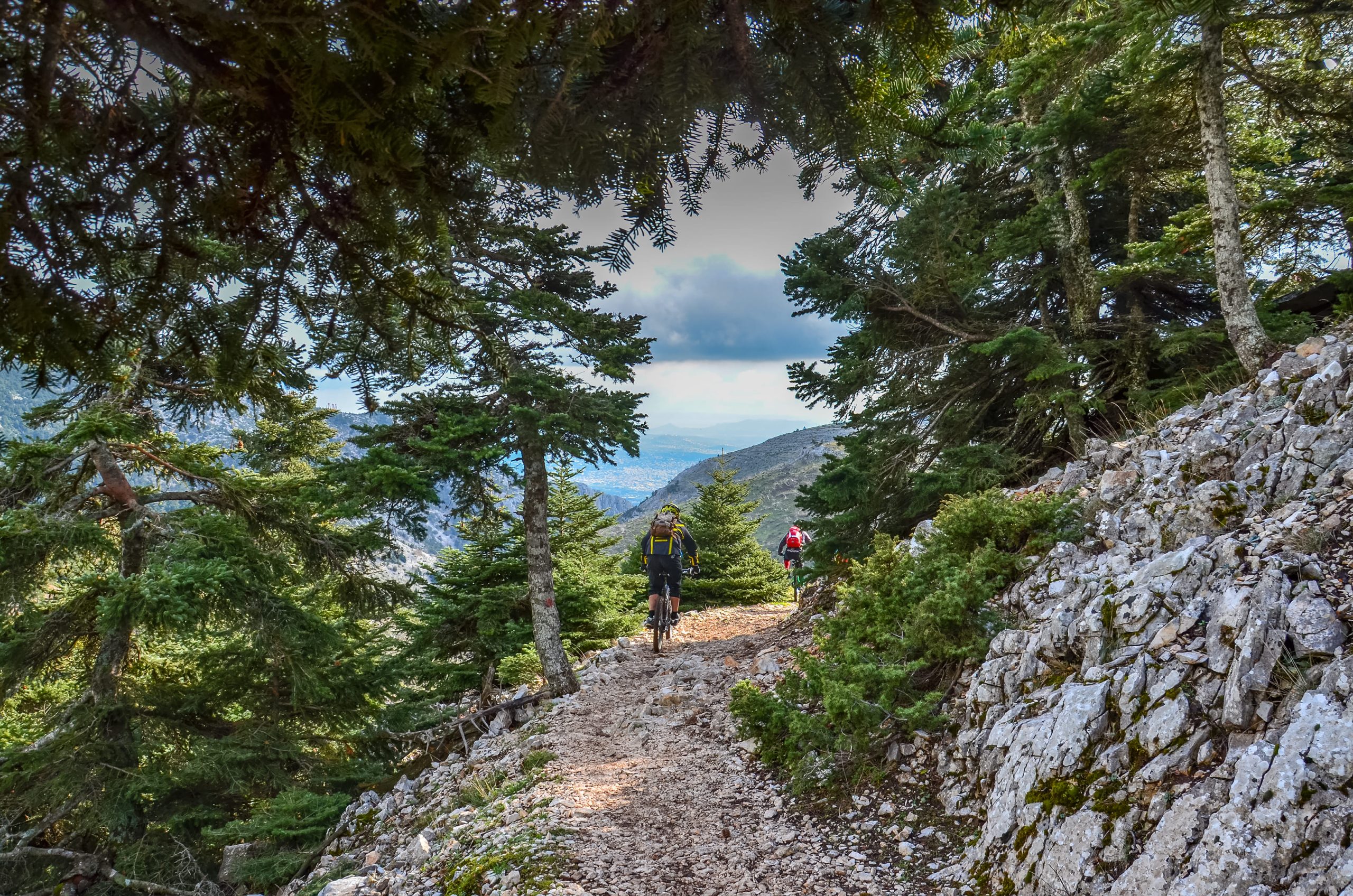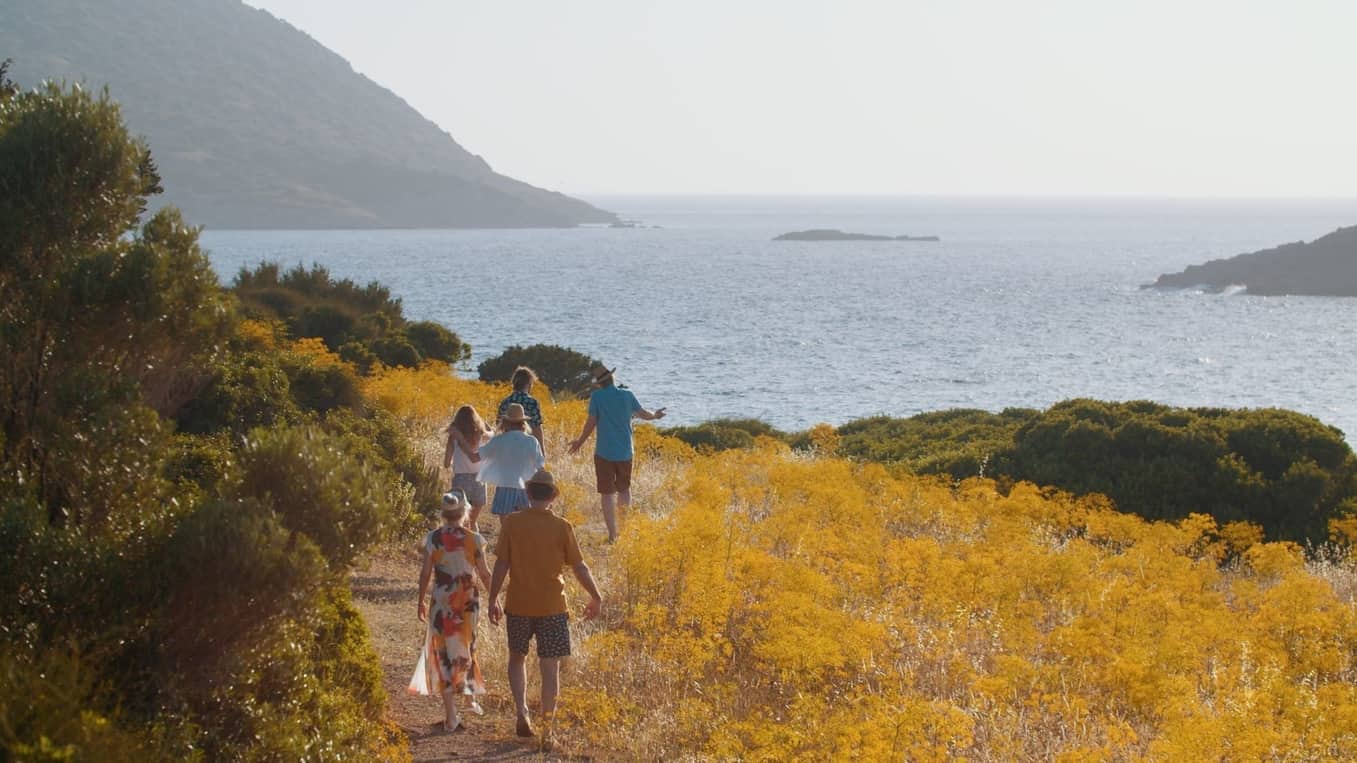Mount Parnitha (GR3000001)
Informations
Address:
5M8F+QP Fyli, Greece
Mount Parnitha (GR3000001)
A protected area of 1413 hectares [ha], covering mount Parnitha (1413 m., Karabola), which is located in the northern part of Attica, very close (40 km.) to the centre of Athens. The mountainous block of Parnitha is mainly made out of marbles and schists. The climate is typically Mediterranean, with a mean annual rainfall exceeding the 650 mm. The site is a well forested area, which is mainly characterised by forests consisting of endemic Greek fir, Abies cephalonica on a fairly poor and dry soil (a type of habitat that is not included in Annex I, with the code number CORINE 91 42.18). The area also has temperate coniferous forests (mainly Pinus halepensis), sclerophyllous scrub/maquis, mountain grassland, rocky cliffs, springs and streams. When it comes to the zonal vegetation of the area, there are two main zones: 1. The zone of Abies cephalonica at the upper parts (starting from 600 – 800 m and upwards), with A. cephalonica forest, also characterised by Quercus ilex formations as well as by the presence of Quercus pubescence, Fraxinus ornus and other high altitude Mediterranean shrubs. 2. The zone of Pinus halepensis and the evergreen, sclerophyllous shrubs (Quercus coccifera, Arbutus unedo, Phillyrea media, Myrtus communis, Olea europea, Ceratonia siliqua, Pistacia lentiscus etc.) which are part of the unmixed communities or understorey vegetation of the pine forests. The area has been characterised as a national park since 1961. The core of the National Park is located in the centre of the site, including the summit area of the mountain. It is interesting to mention that the habitat type 9540 concerns Pinus halepensis forests.
The National Park of Parnitha is a very interesting area when it comes to biodiversity. It is also adequate to act as a shelter for the protection and preservation of the flora and fauna of southern Greece. Moreover, it has already been designated as a Special Protection Area (SPA) for birds. This is an important area for species associated with conifer forest species and upland scrub. Species of concern include: Emberiza caesia. The flora of mount Parnitha is one of the richest in Greece. There have been recorded hundreds of plant species, many of which are endemic or threatened by extinction. It also hosts a variety of animal species, vertebrates and invertebrates, many of them legaly protected at national and international level. In addition, it is the only area in southern Greece where the red deer (Cervus elaphus) can survive. The proximity of the site to the city of Athens in combination to its great ecological and aesthetic value contributes to its significance as an area that has to be studied and protected.
15 species and 6 habitats are protected under the EU habitats and birds directives.
Species: Eurasia eagle-owl – Bubo bubo, Buzzard – Buteo buteo, Cretan Wild Goat – Capra aegagrus, Nightjar- Caprimulgus europaeus, Short-toed Eagle – Circaetus gallicus, Cretzschmar’s Bunting – Emberiza caesia, Robin – Erithacus rubecula, Peregrine – Falco peregrinus, Swallow – Hirundo rustica, Red-backed Shrike- Lanius collurio, Woodlark – Lullula arborea, Grey Wagtail – Motacilla cinerea, Spotted Flycatcher – Muscicapa striata, Whitethroat – Sylvia communis, Rüppell’s warbler – Sylvia ruppeli
Habitats: Woody matorral with Juniperus spp., Limestone rocky slopes with grassy vegetation, Caves that are not open to the public, Mediterranean pine forests with the endemic pines Quercus ilex aria, Olive and Ceratonia forests, Platanus orientalis and Liquidambar orientalis forests (Platanion orientalis).






